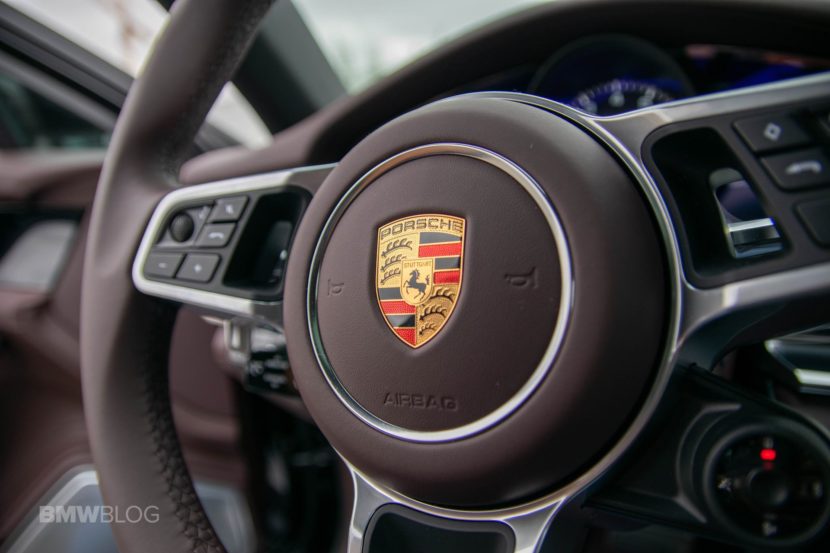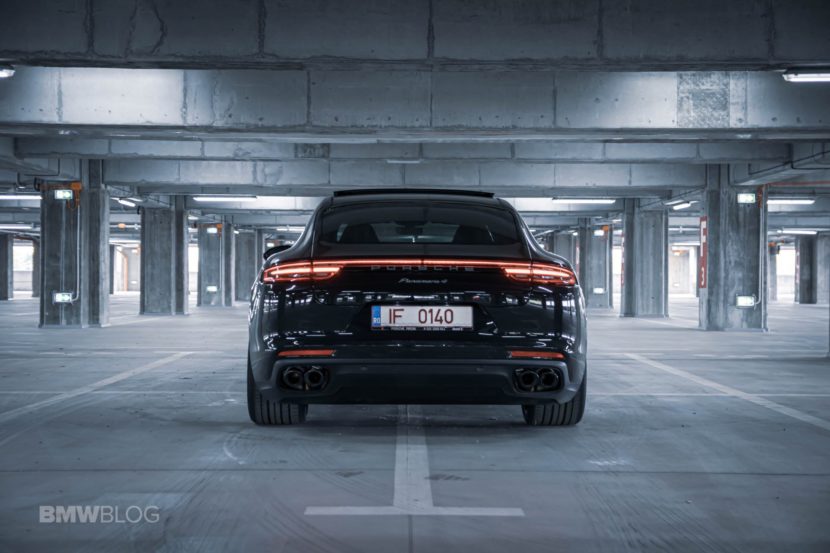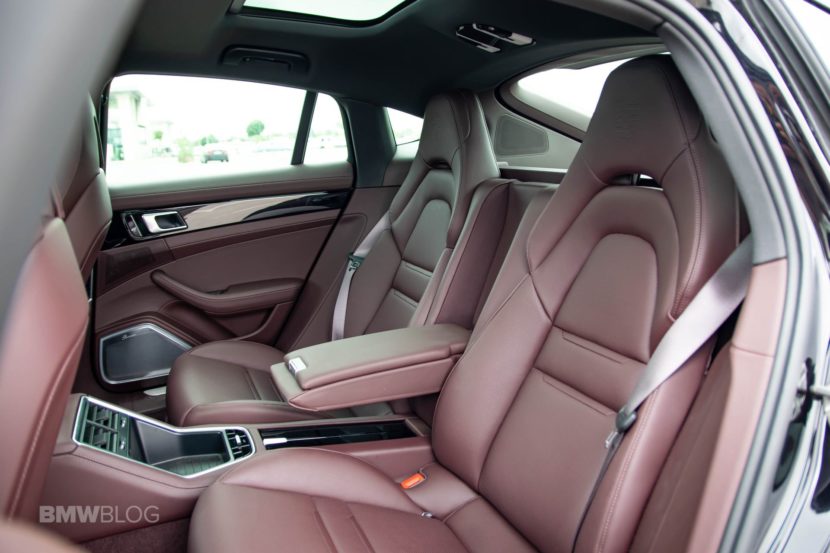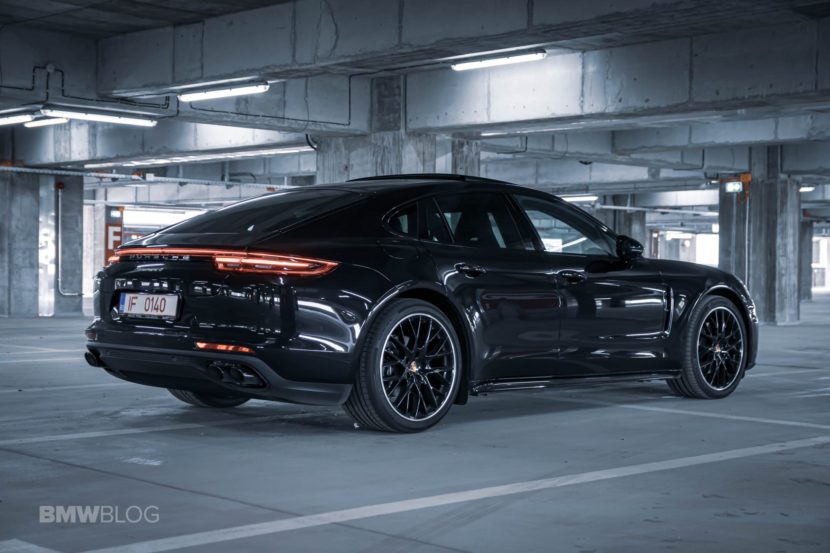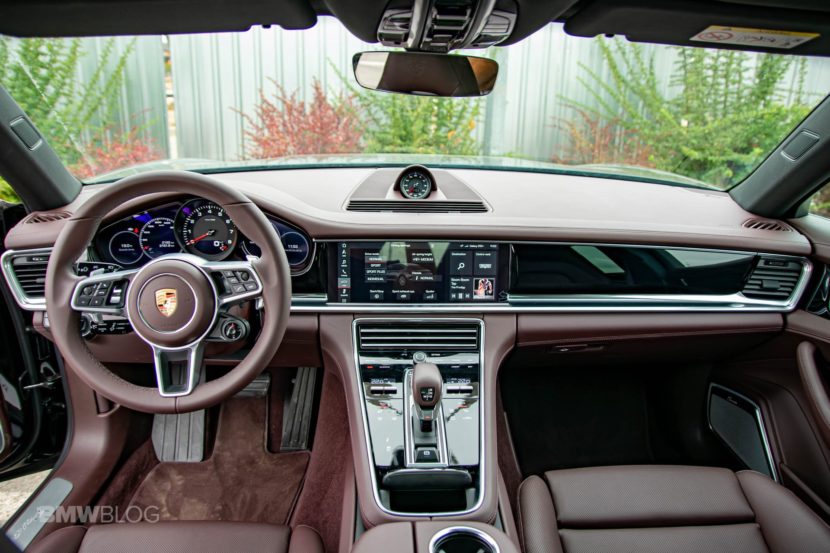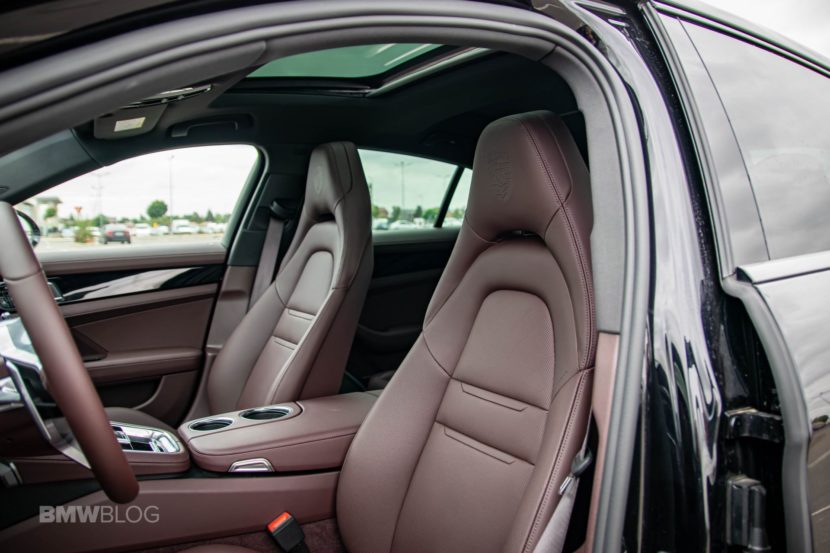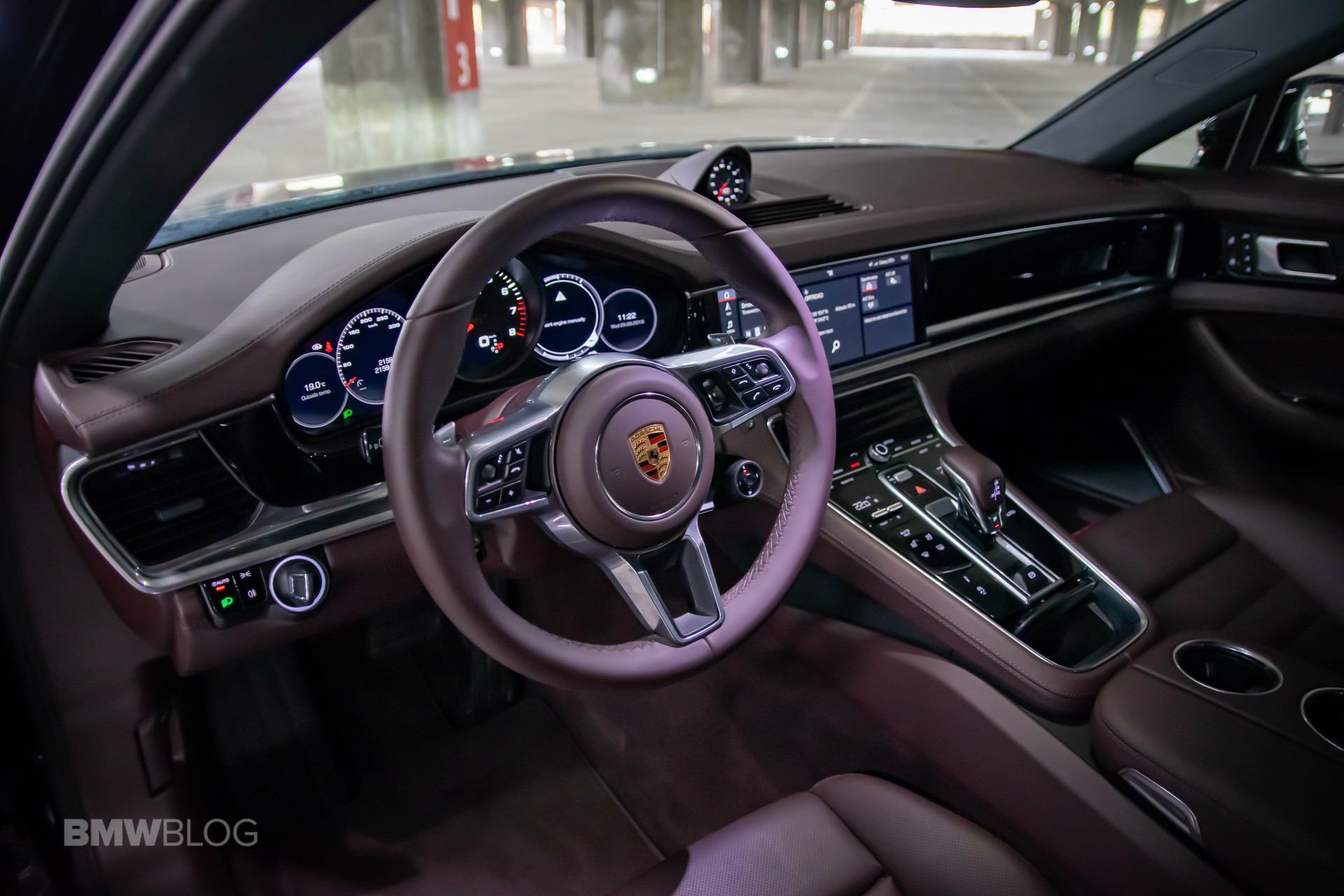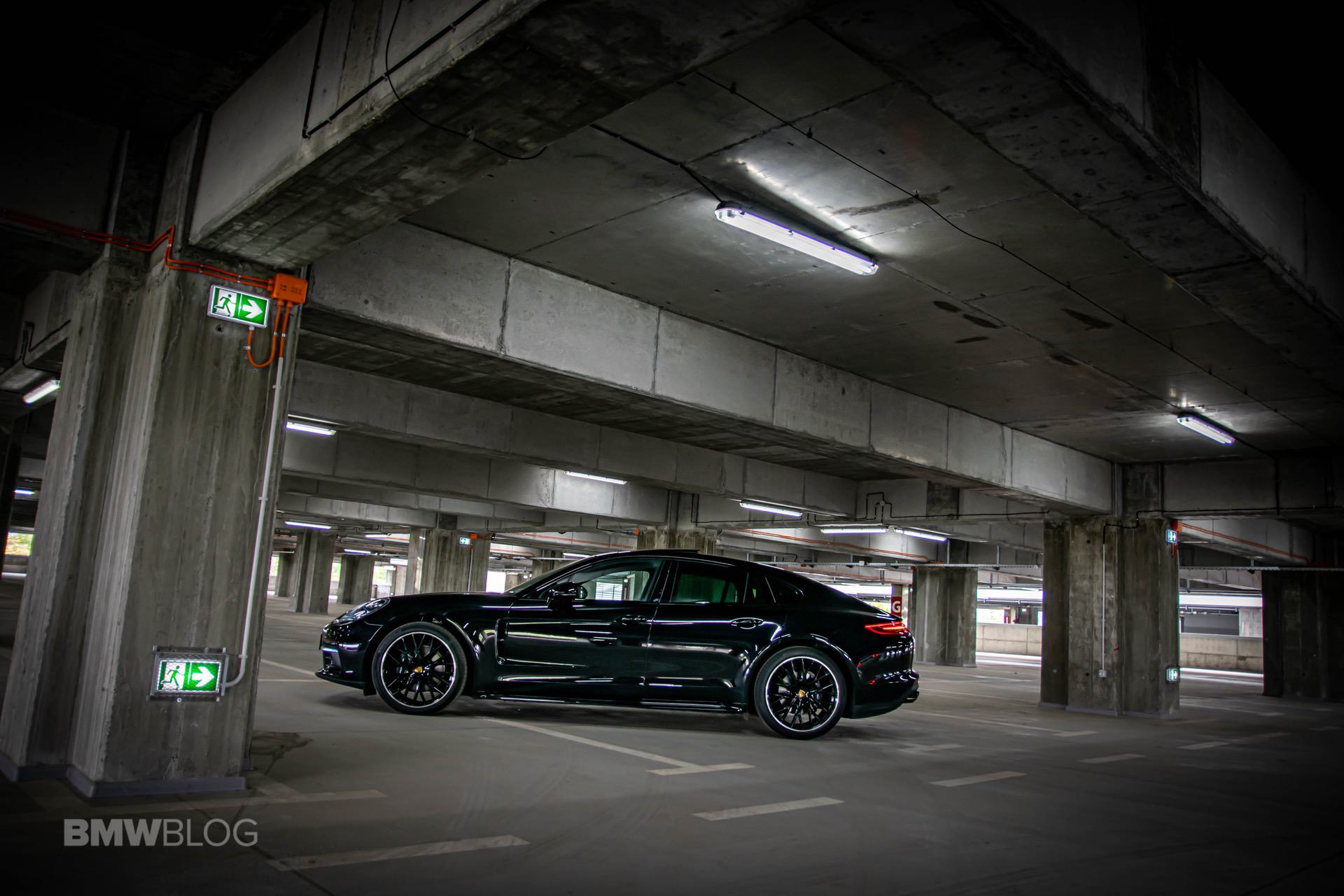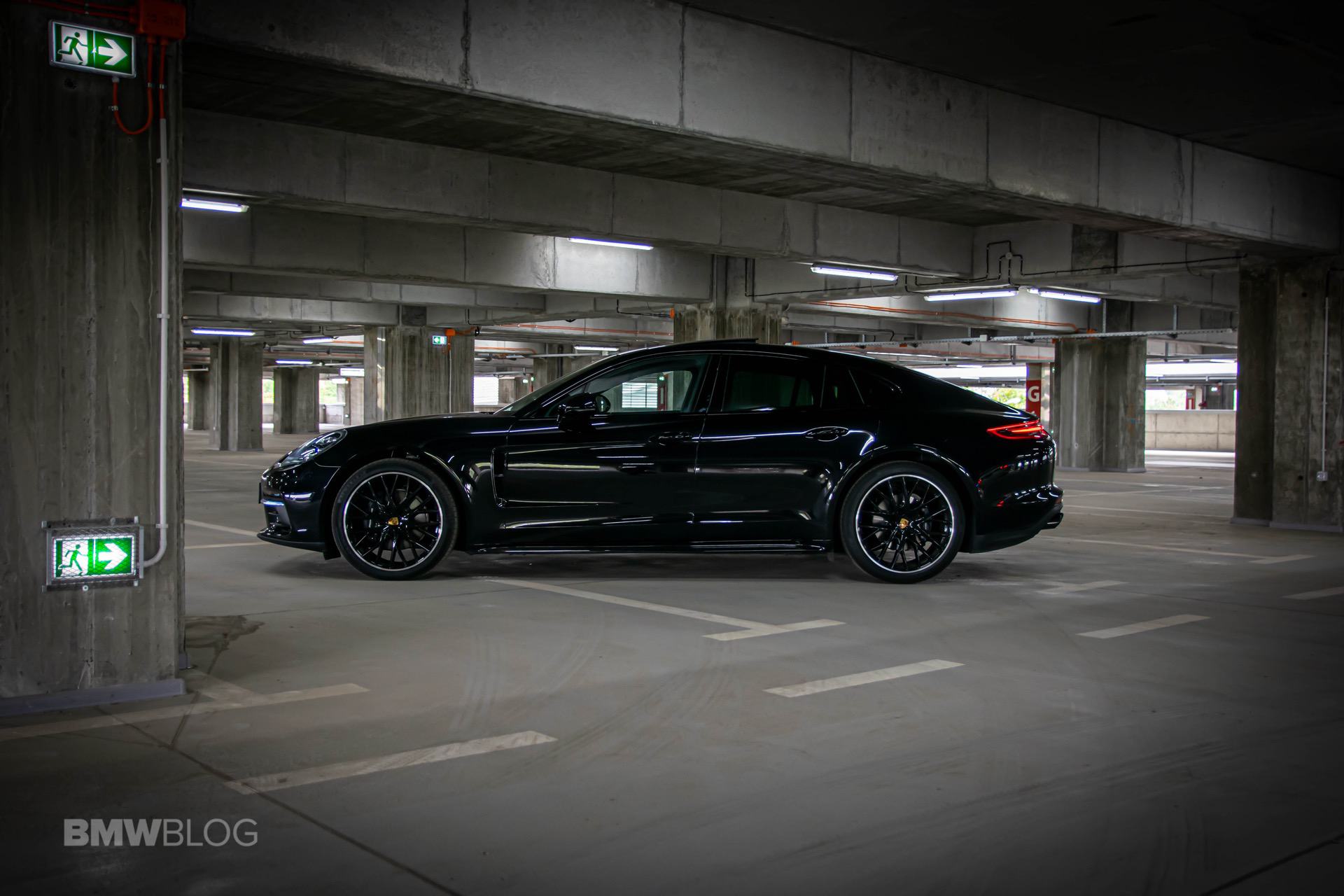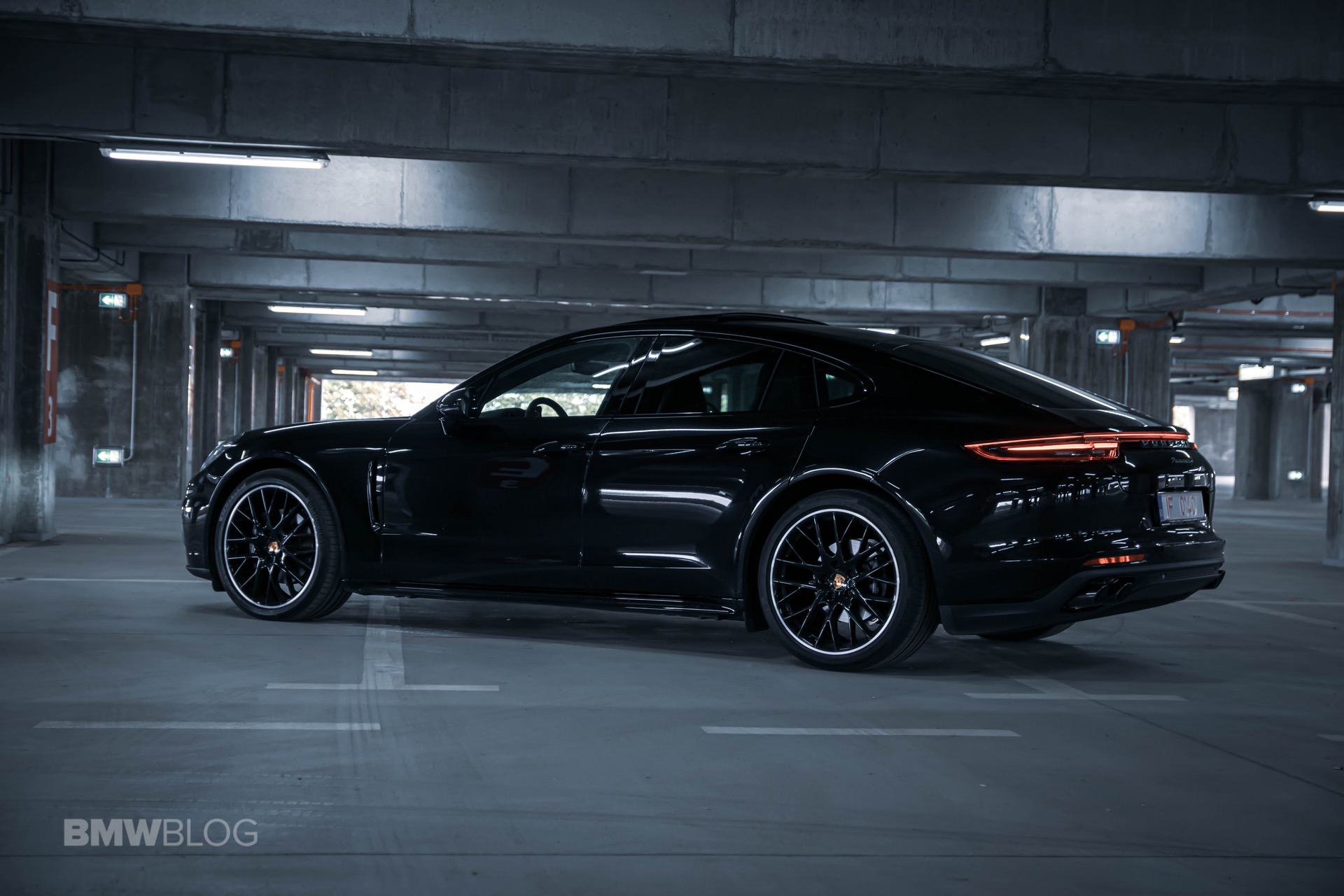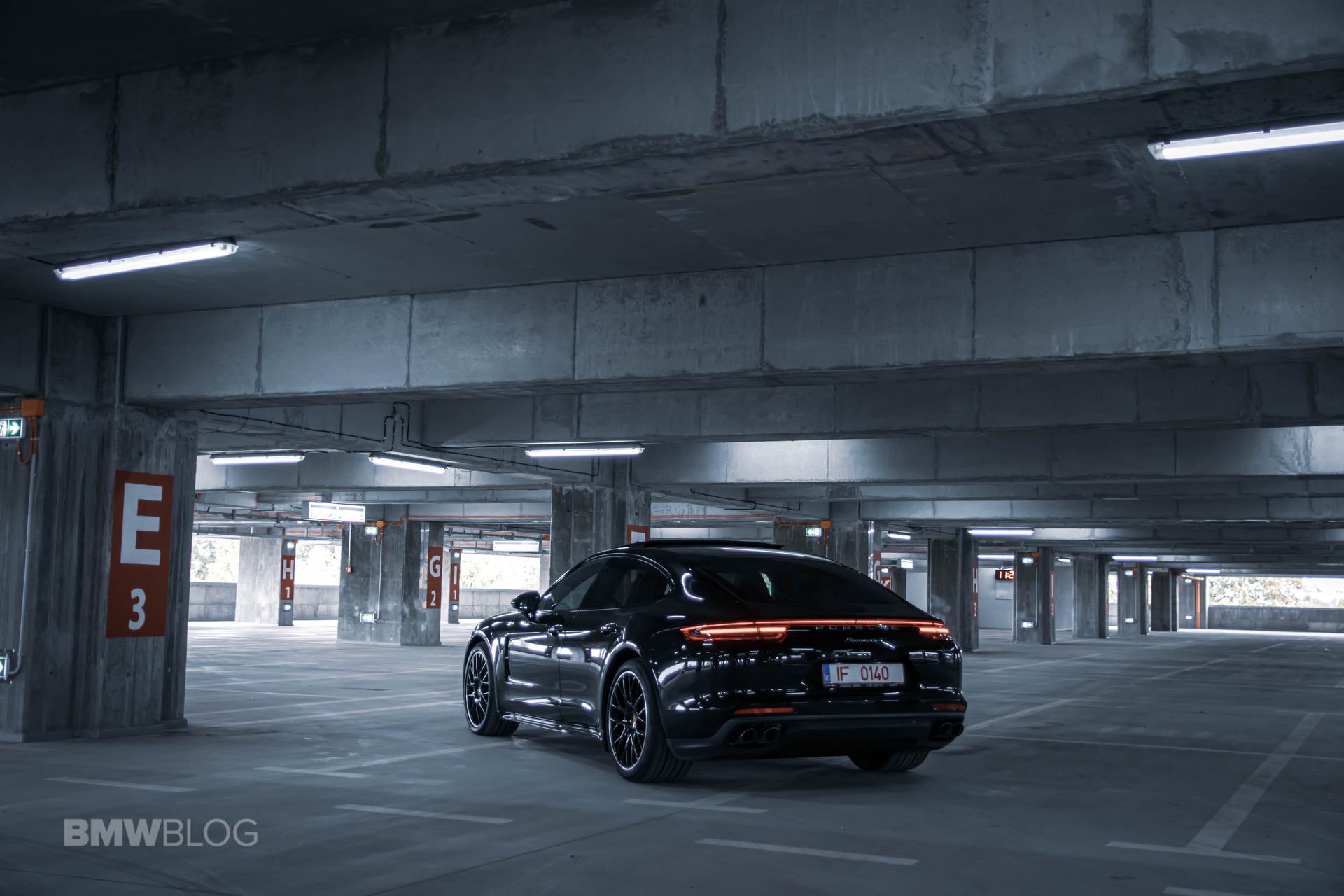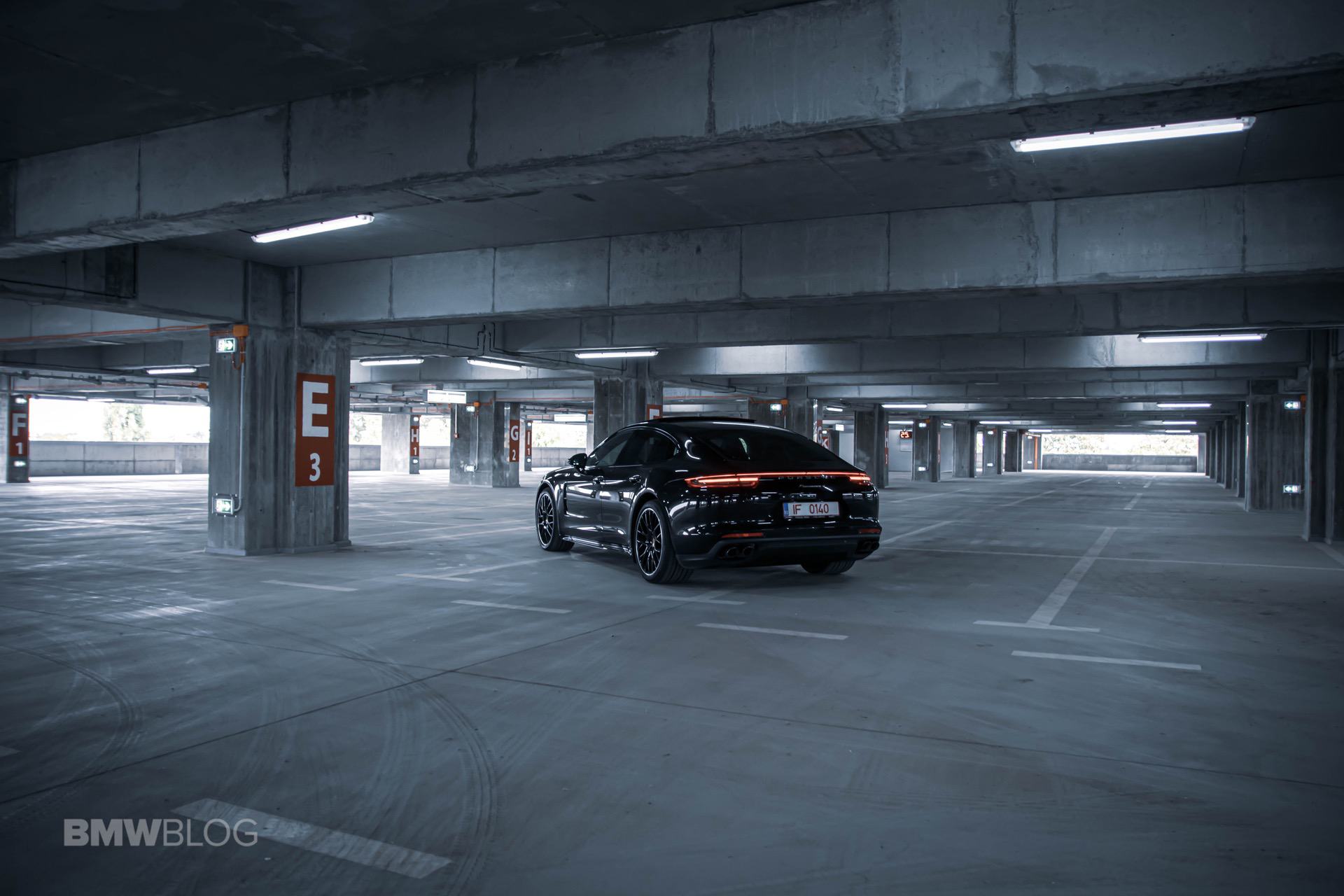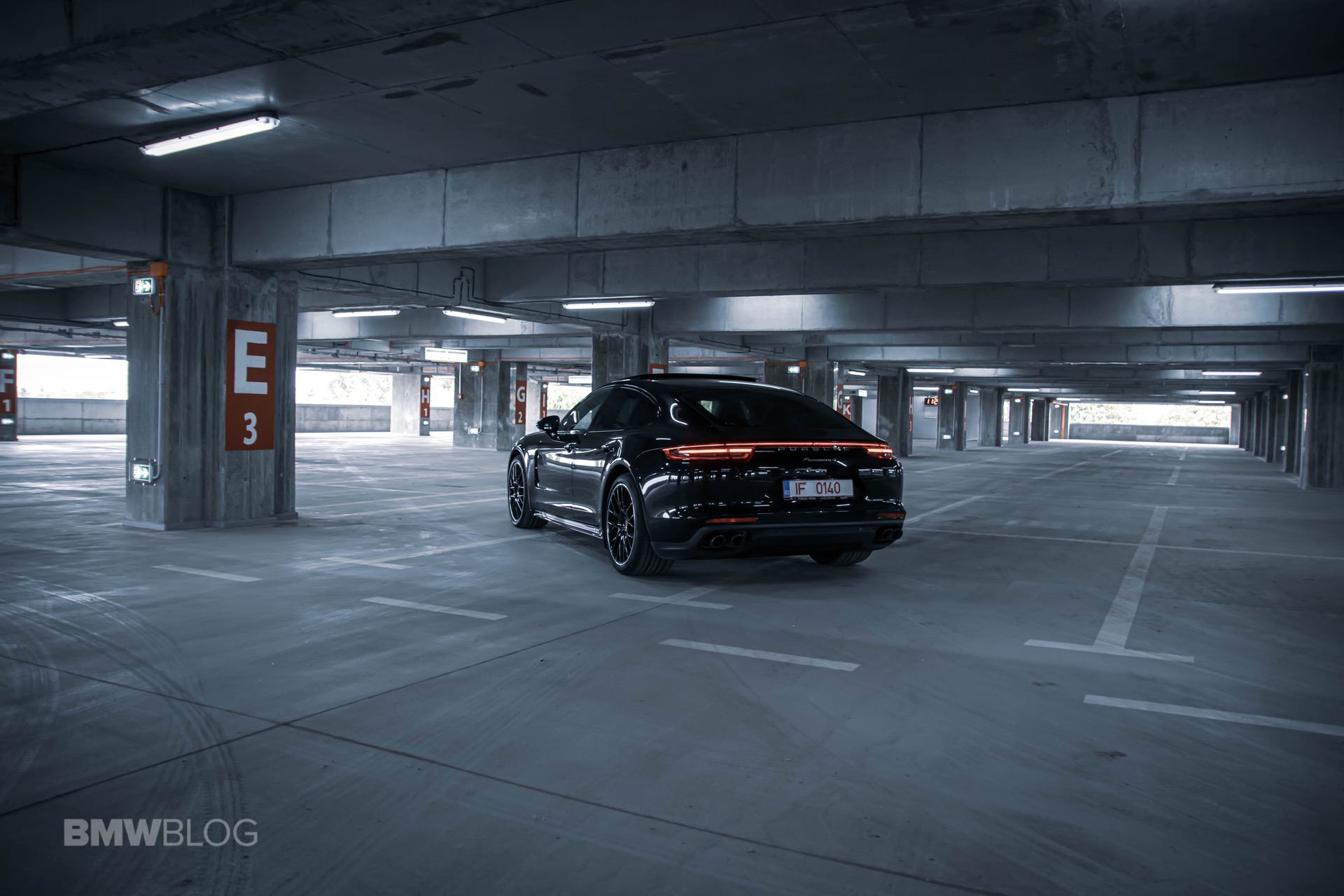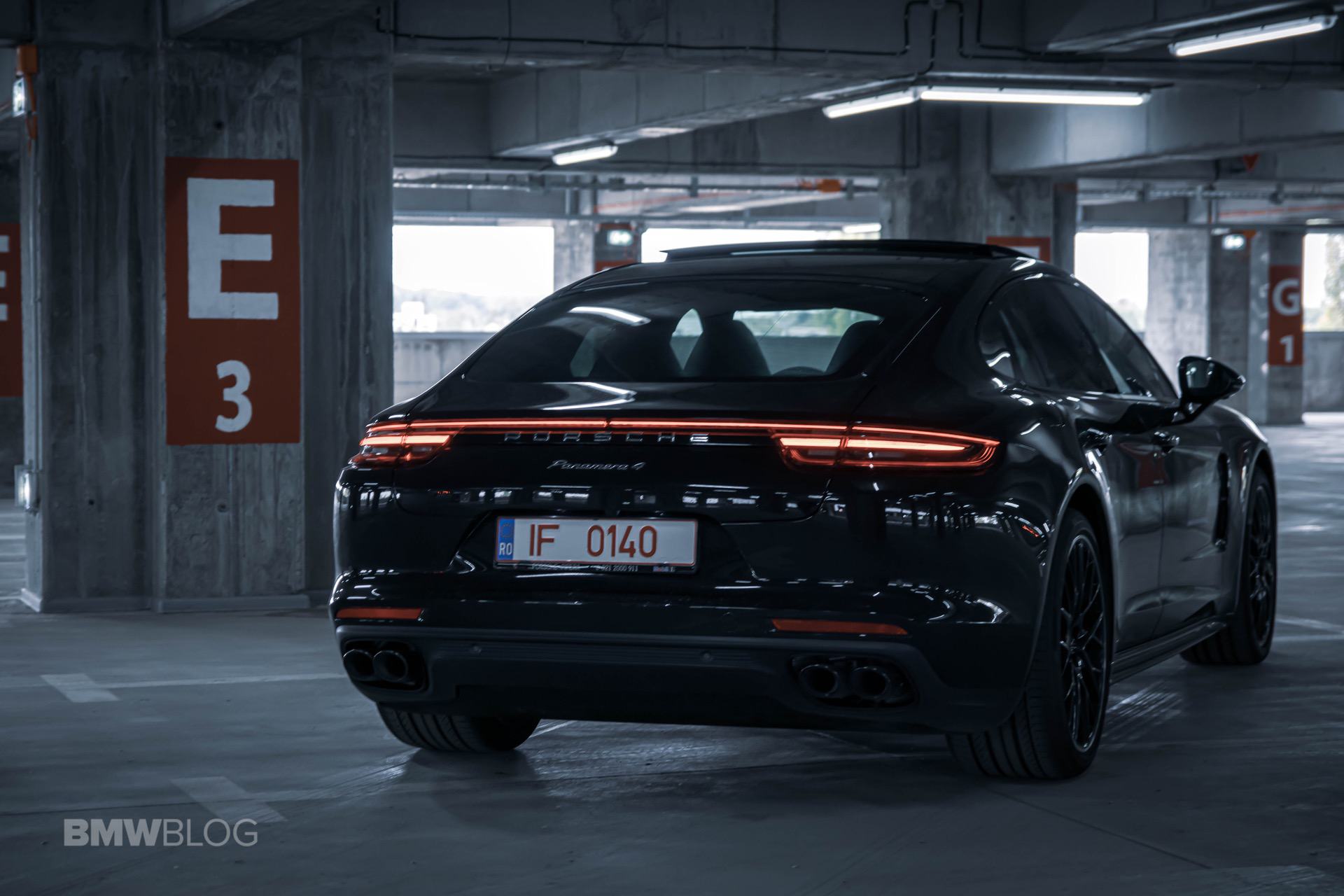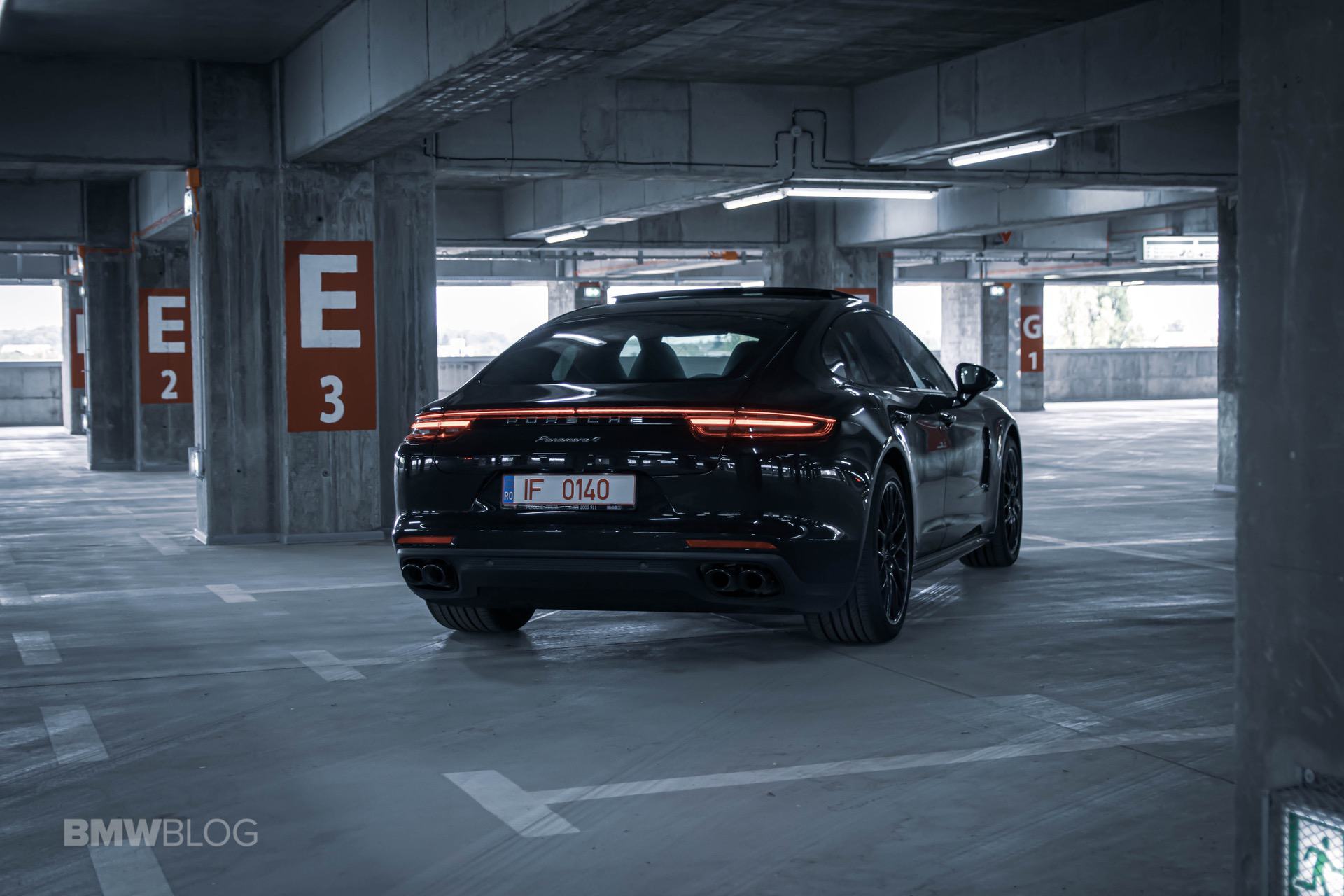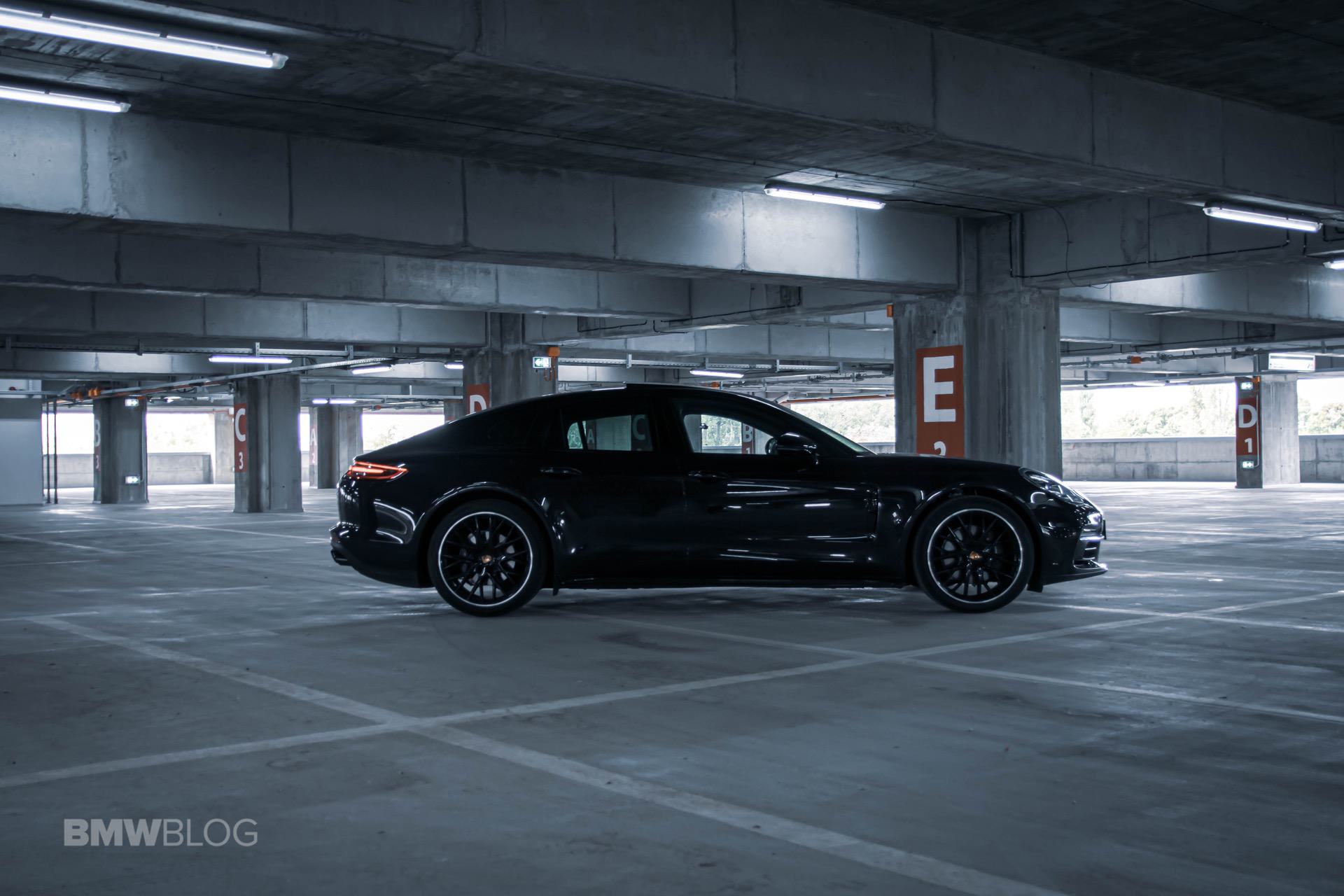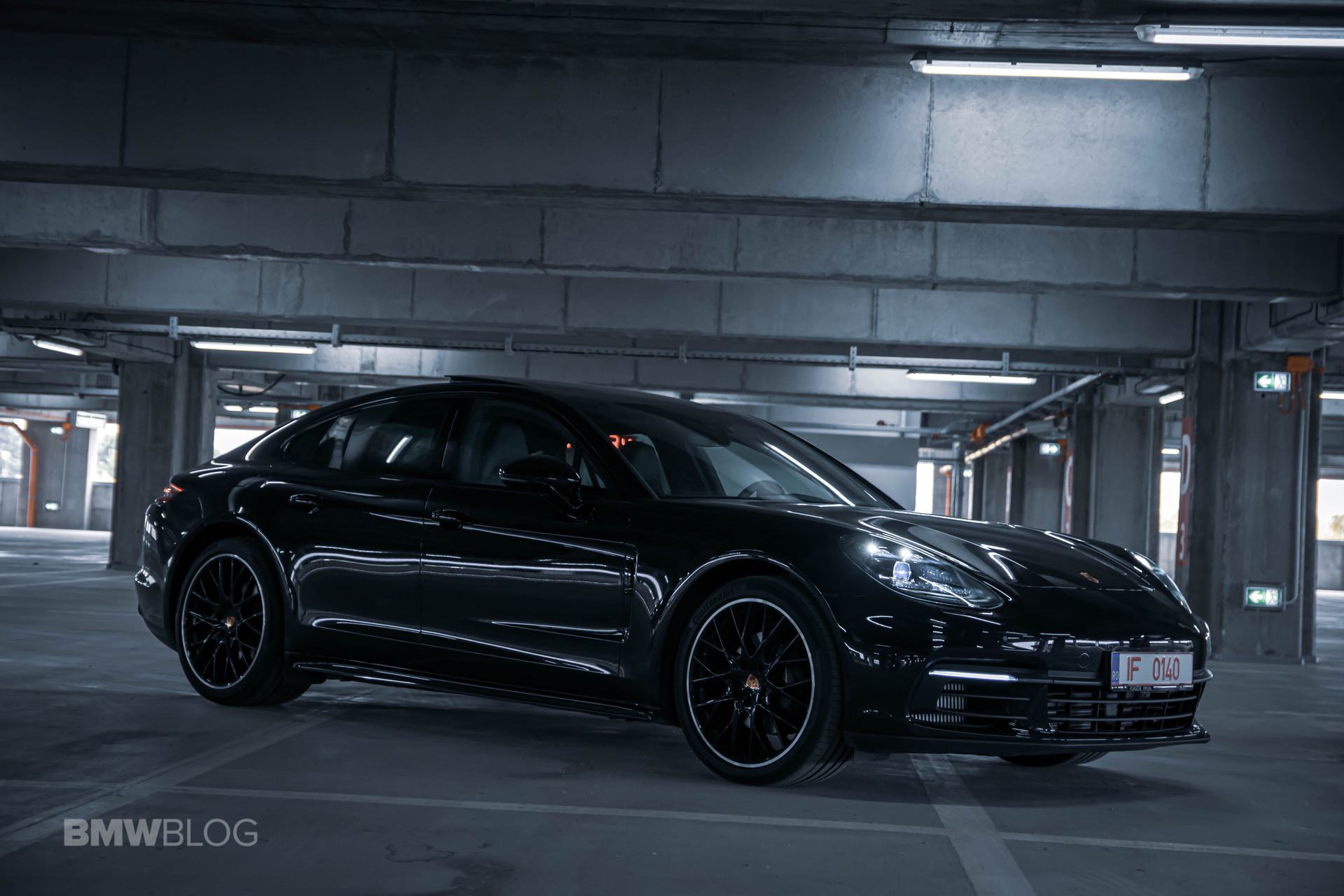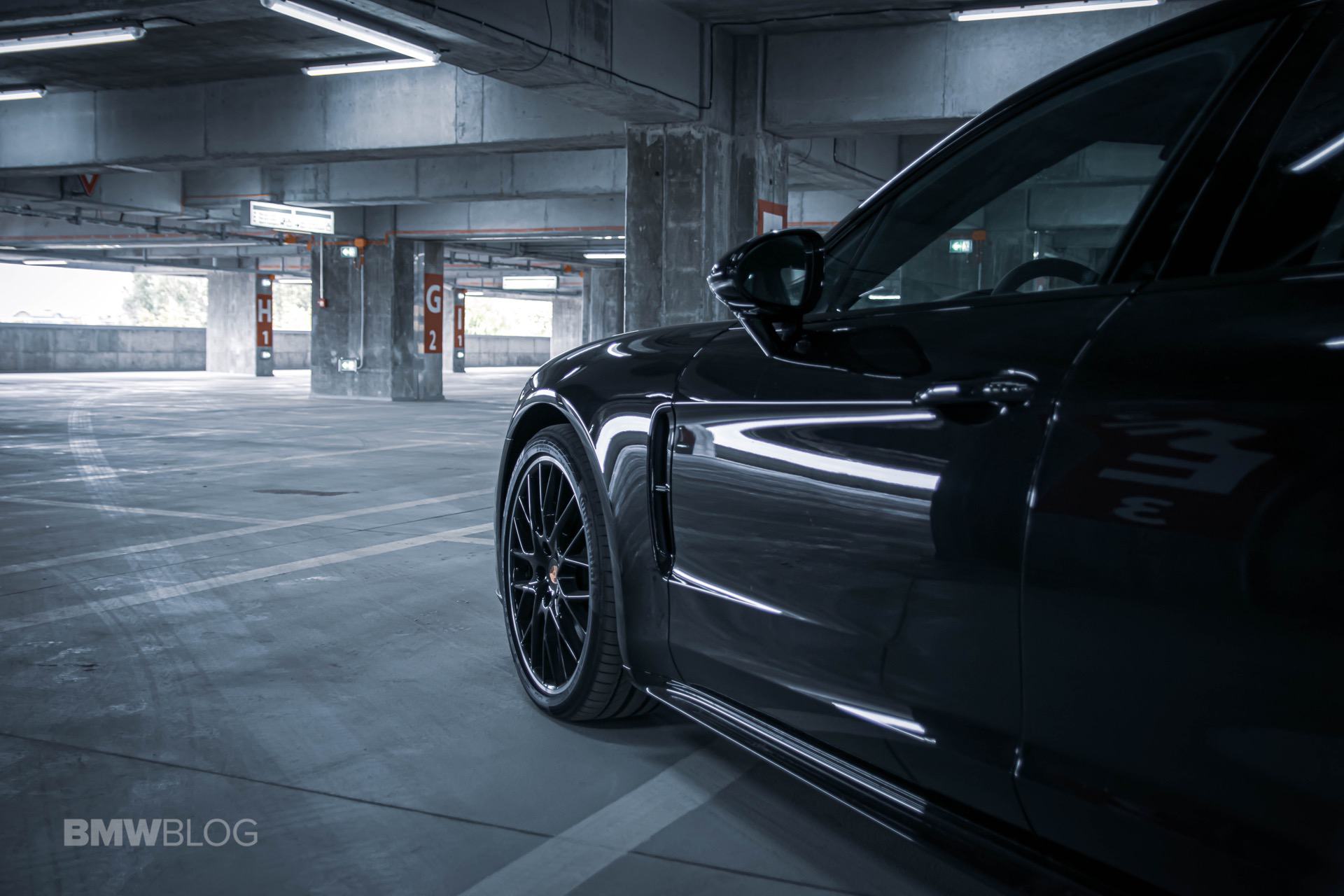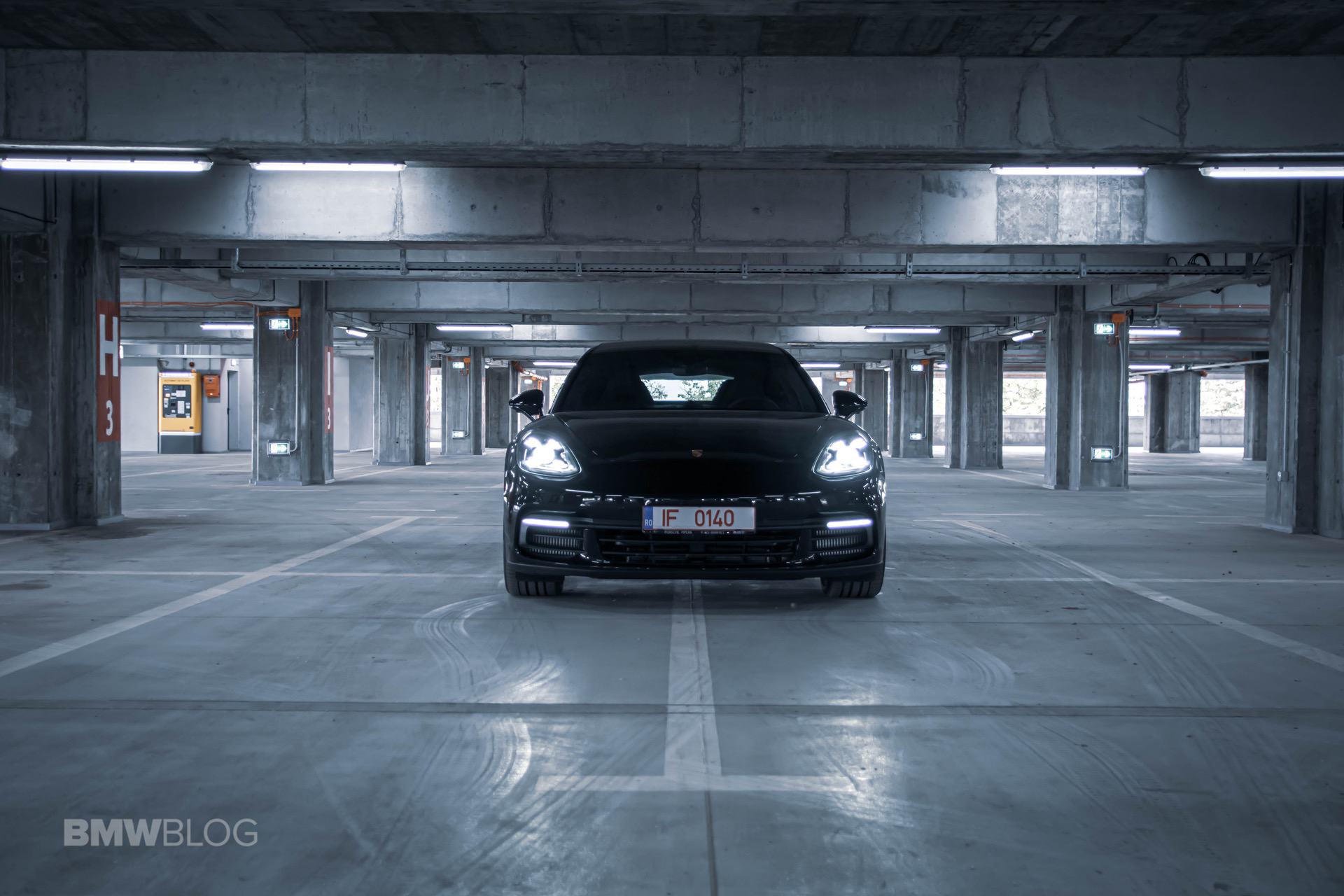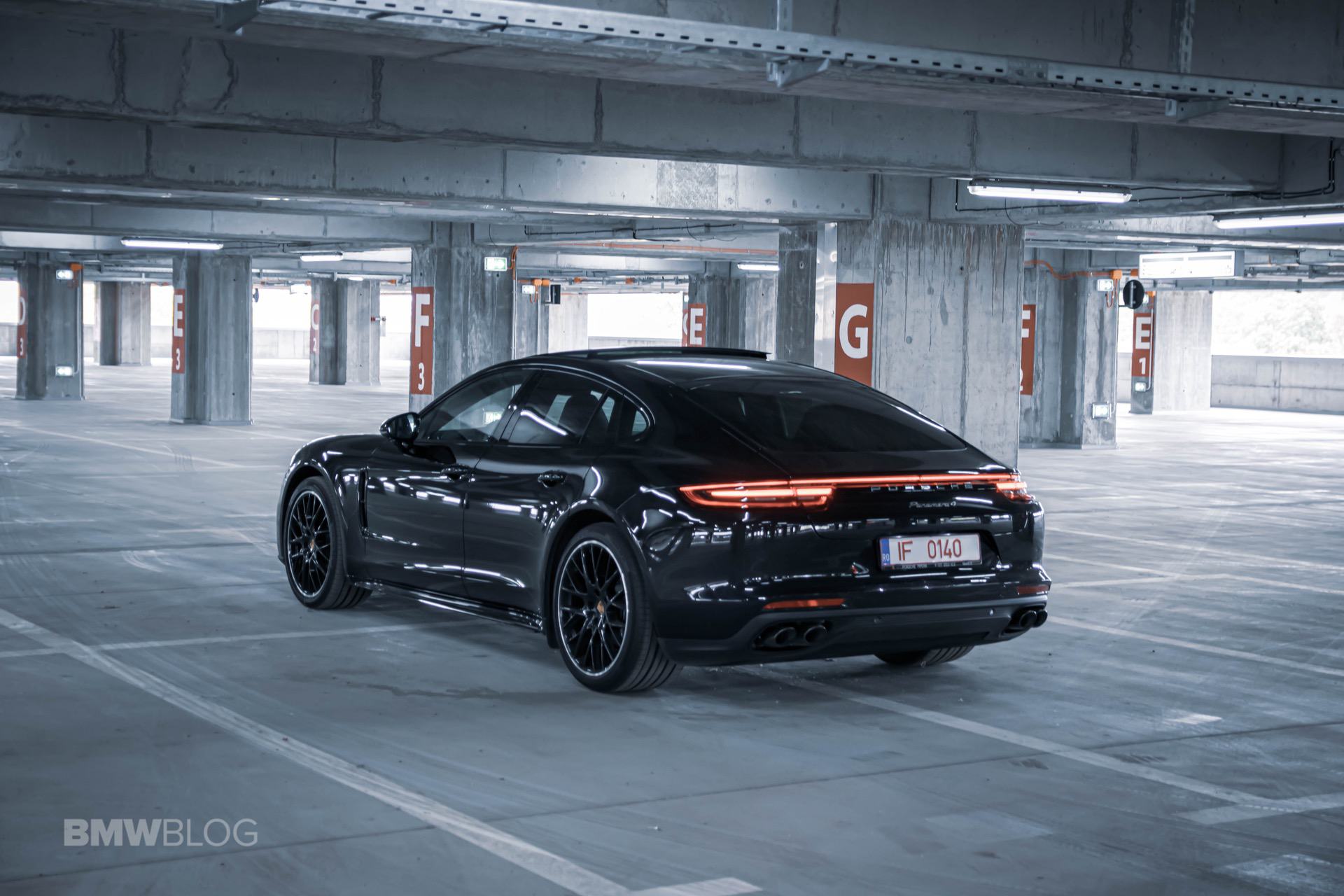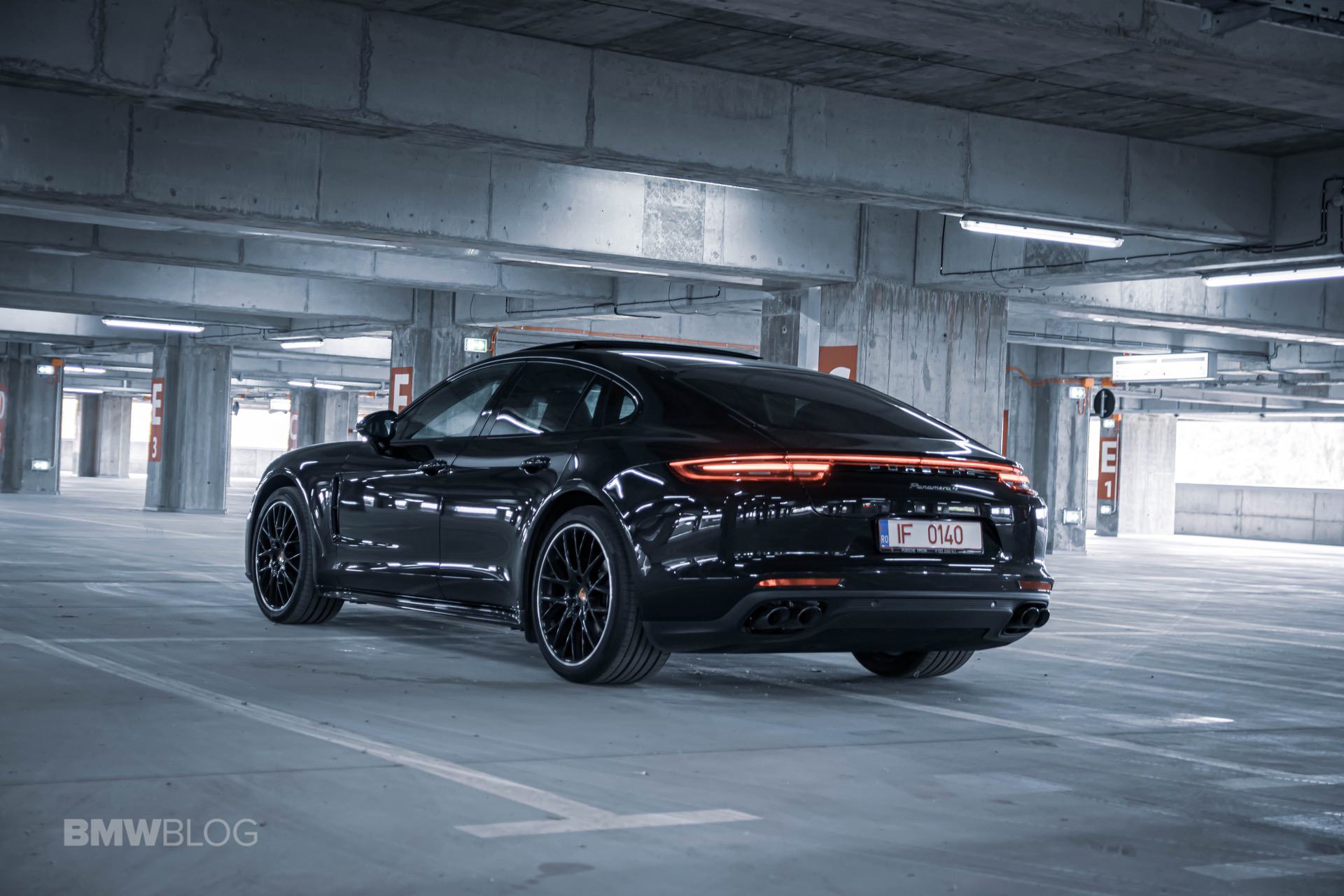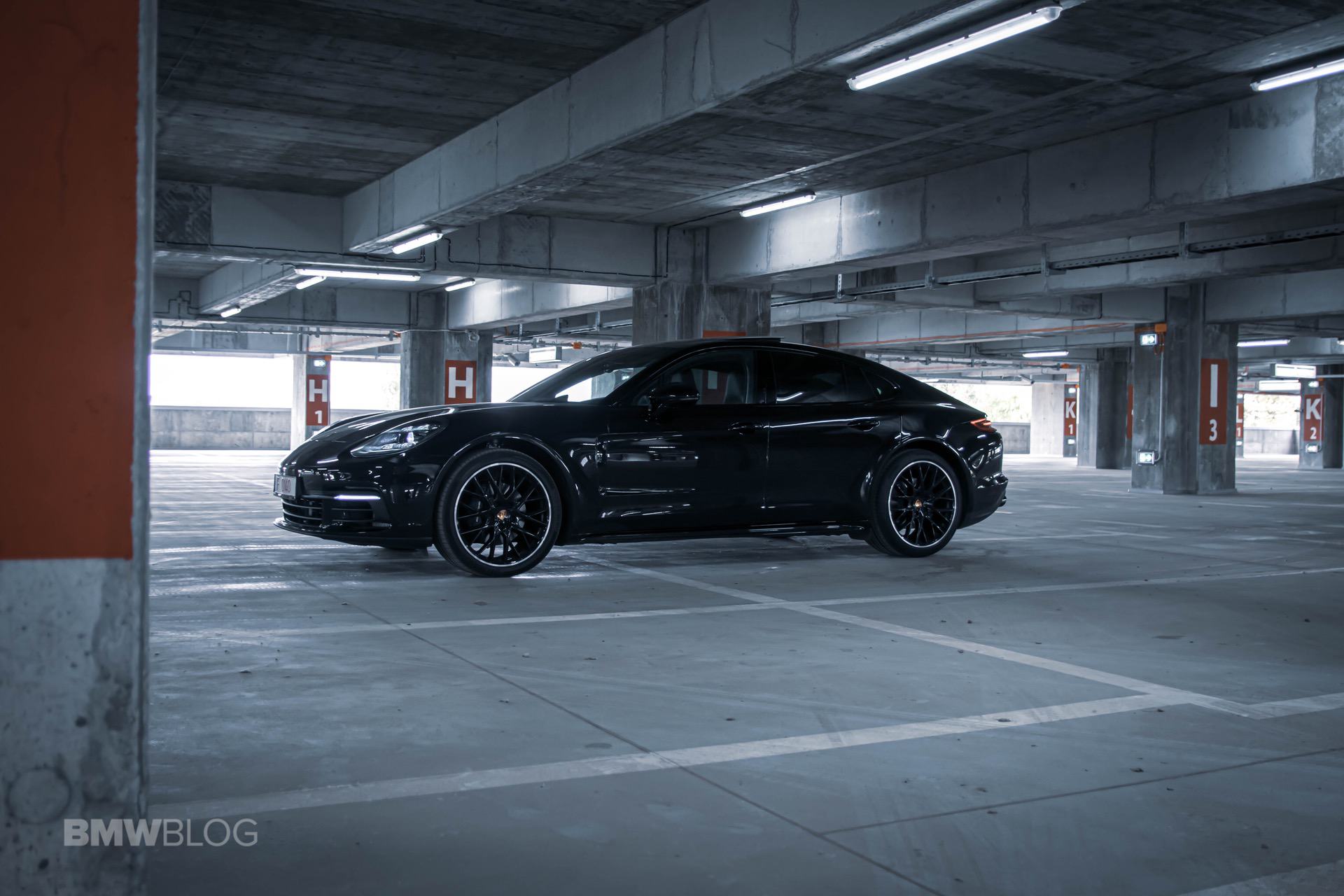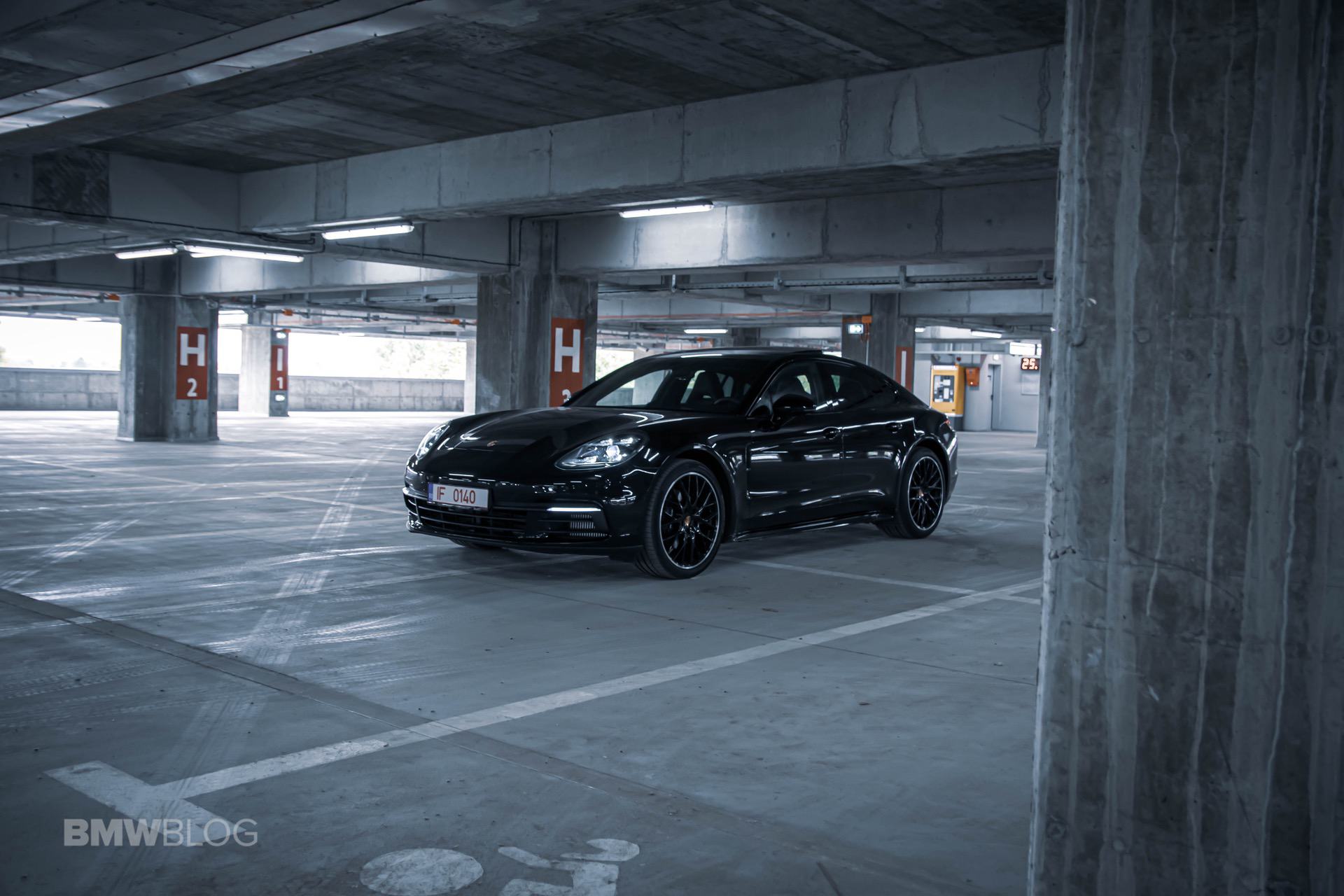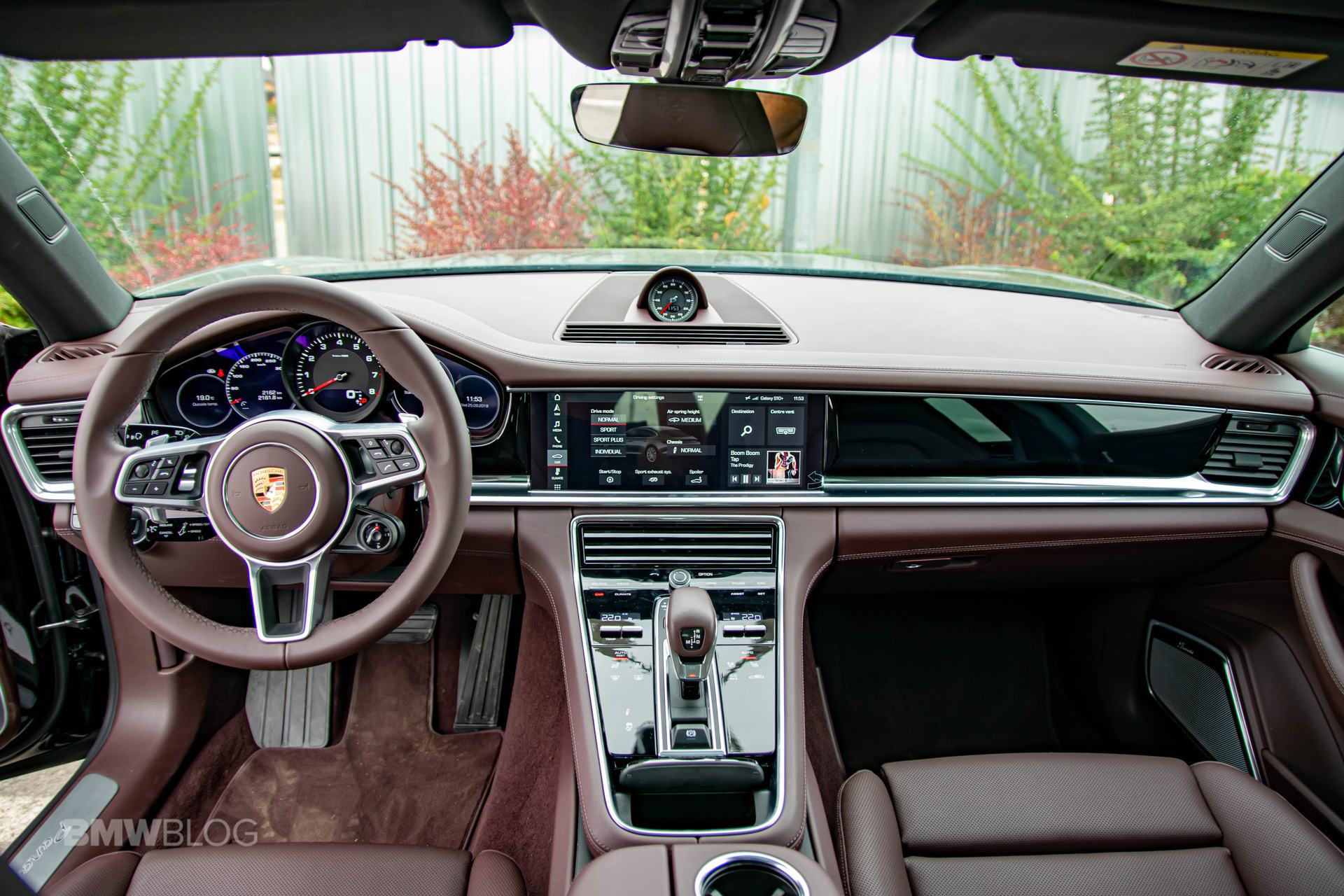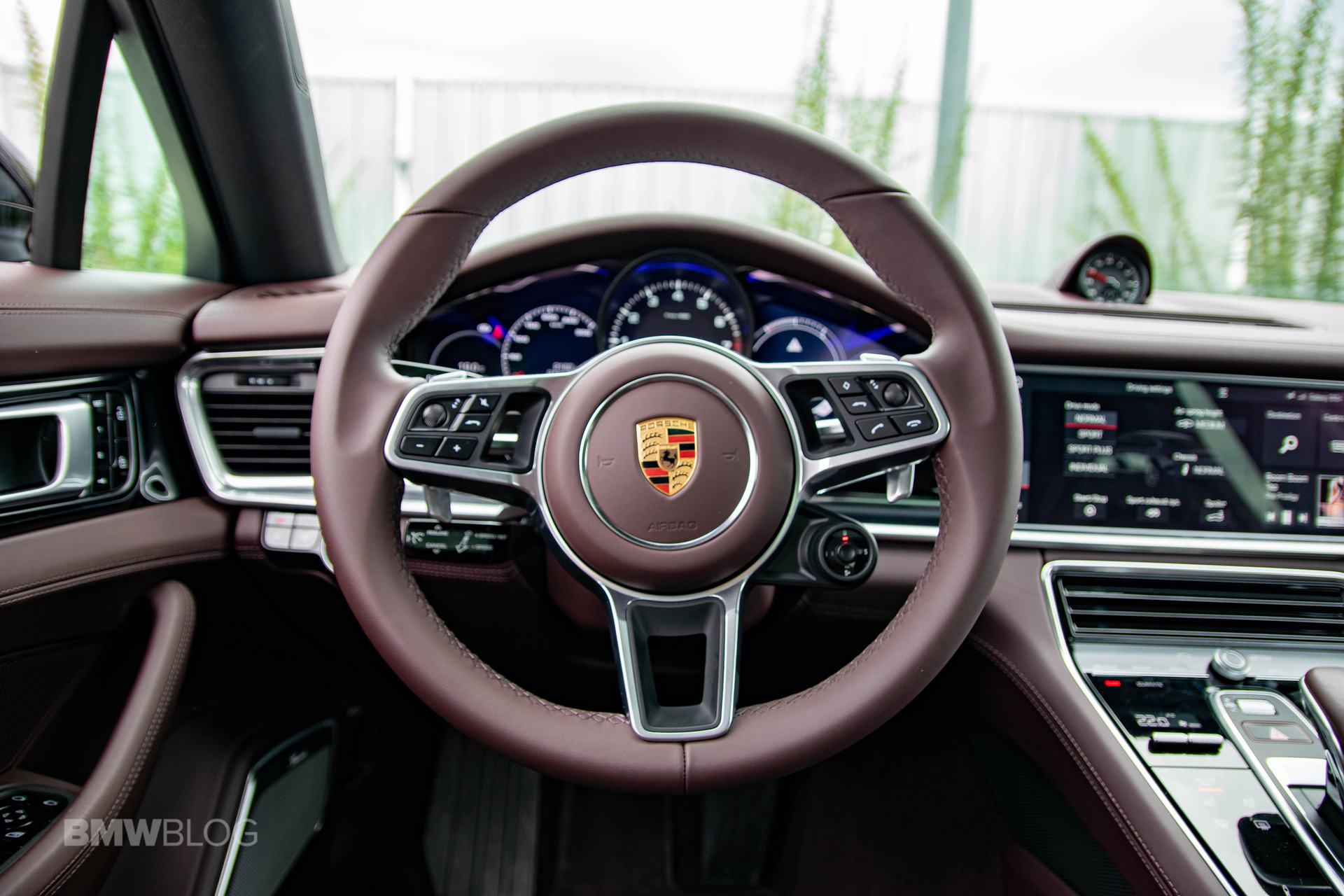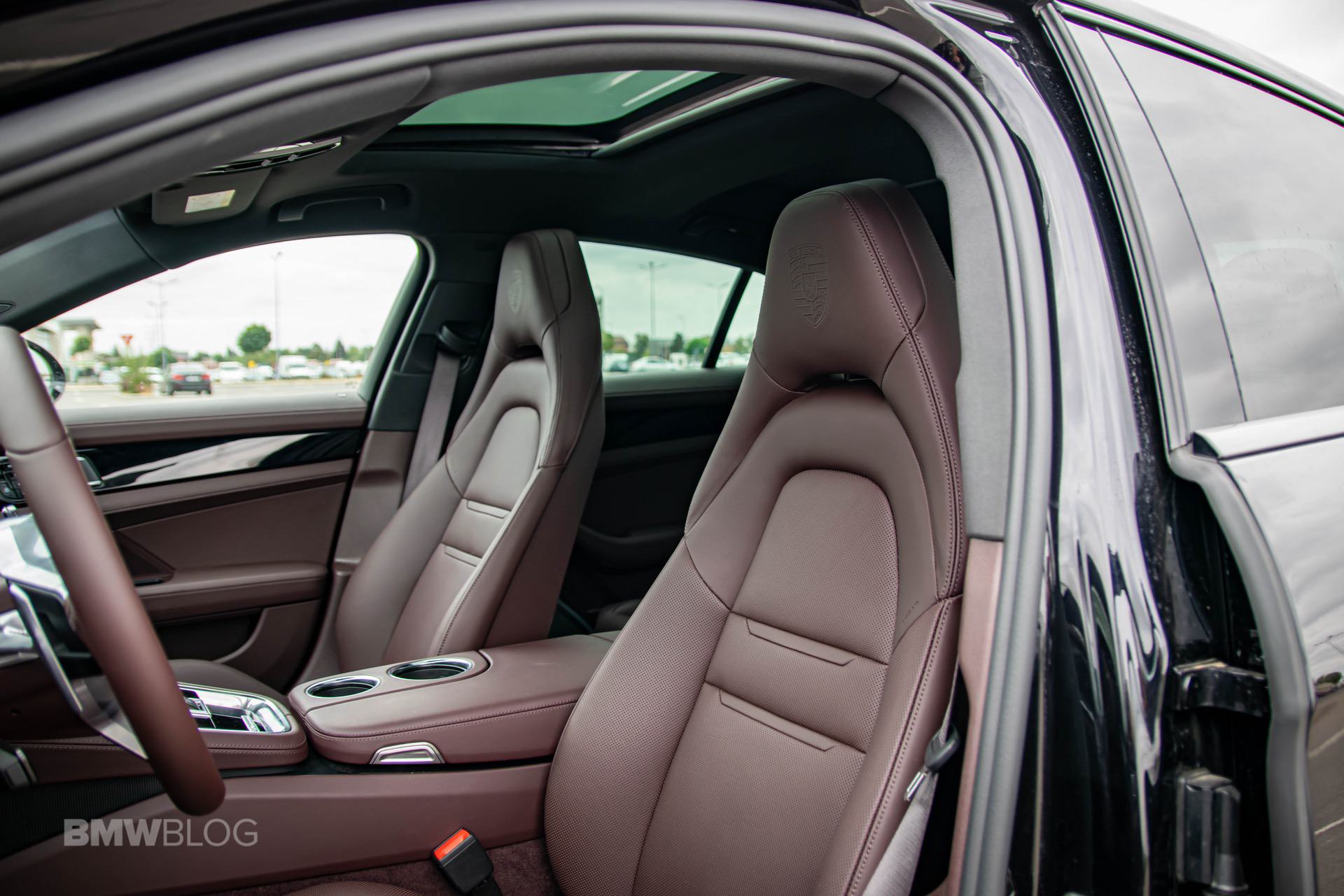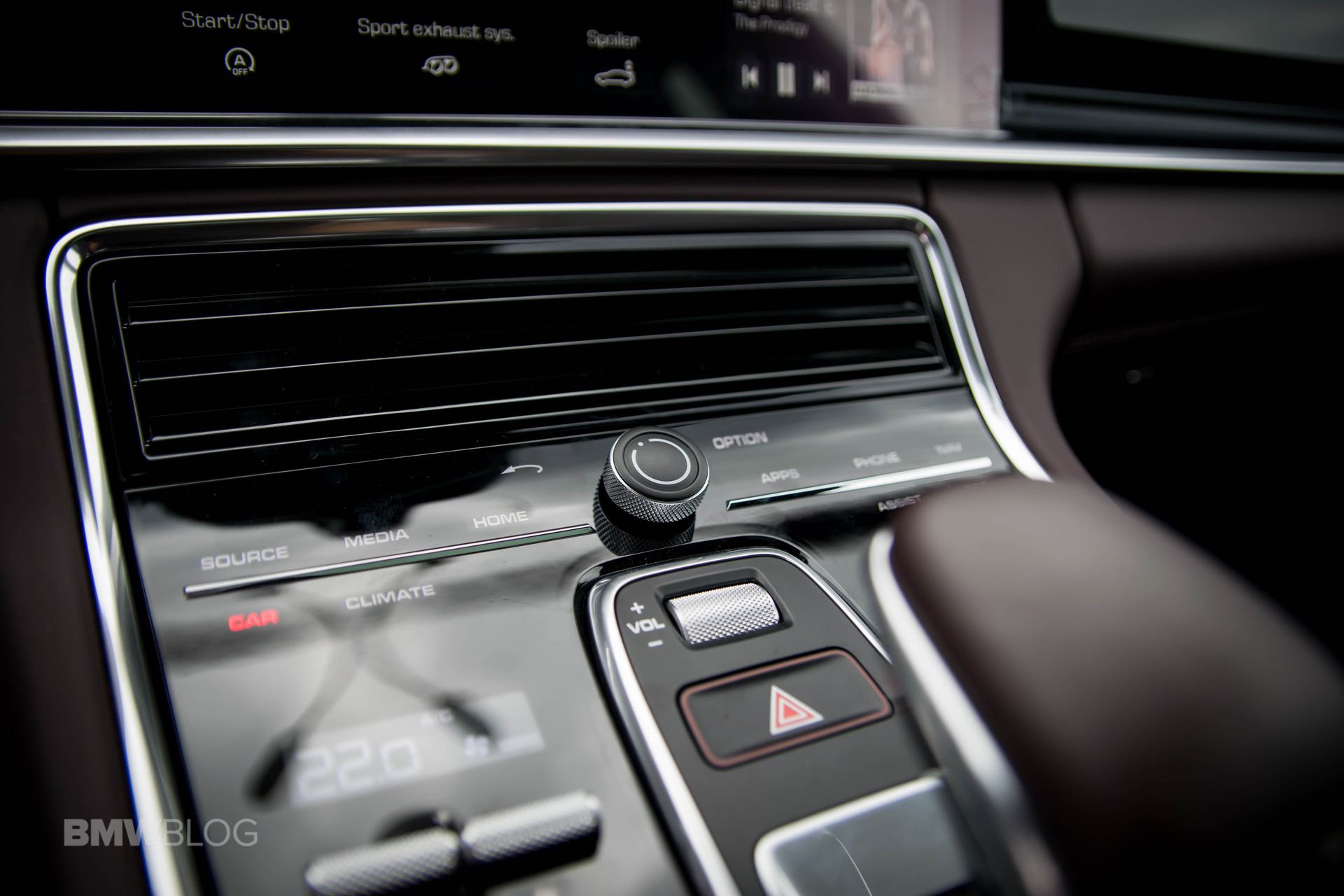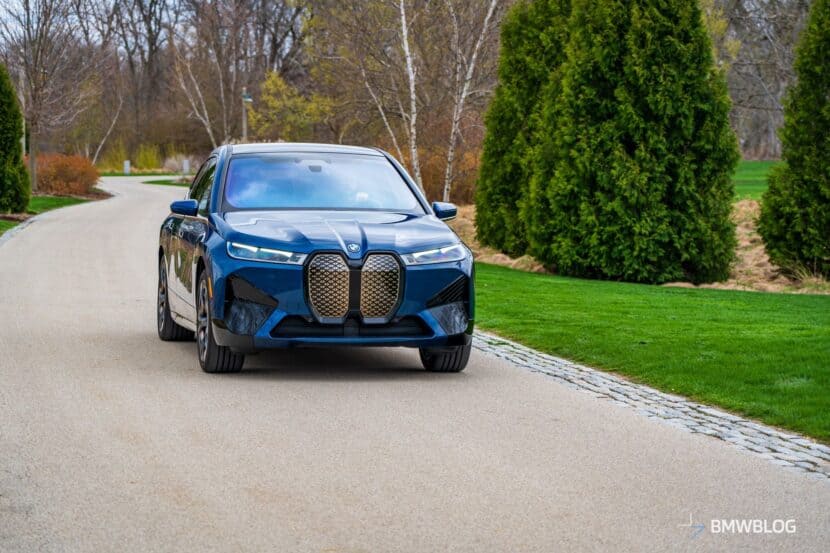We’re living in a day and age where we like to have our cake and eat it in its entirety. People have such fast-paced lives, trying to find the perfect balance that they’re not willing to make hard choices anymore. All the time, universal solutions are embraced as the next big thing and the phrase ‘one size fits all’ has never been more popular. This reflects in all aspects of our lives and leads to all sorts of hybrids, especially when it comes to the automotive industry.
That’s why we have mind-bending, uber-fast SUVs on sale today and that’s why the BMW M5 is such an adored car all over the world. Cars of this size shouldn’t be able to do the things they do and yet, engineers have been hard at work trying to satisfy every single taste out there, creating automotive icons in the process.
The History Of The Panamera
I know some of you are getting a familiar sensation right now, your body rejecting the idea of calling the Panamera an iconic car but if you think about it, it does make sense. The story of the Panamera started in the ’80s with 911 lovers and owners. It was back then when Porsche tried to bring out a 911 that would actually seat four people without having to cut off limbs.
Under the 989 name, the Germans brought out a four-door 911 and the world stopped to gasp for a moment. It was ugly, let’s just call it what it was, and that’s why it didn’t take off. It was also too much for those days, with the vast majority of people still understanding the difference between a sports car and practical car, and being fine with living in a world where the two are quite far apart.
Time passed and in the late 1990s, Porsche was in a bit of trouble. To save themselves, they started binging out cars that weren’t necessarily true to their heritage. The Cayenne is a prime example but the original SUV proved you can sort of have your cake and eat it. It was so good in terms of driving dynamics that people bought it by the thousands. The Panemara still couldn’t hold a candle next to the 911 but for most customers, it didn’t really matter. It was fast in a straight line, could go over potholes without leaving parts behind, and most importantly, could accommodate five people inside.
Fast forward to 2009 and we got a similar philosophy applied to a car that rode a lot lower and was a lot better to drive. The Panamera was here and, even though it was still a bit hunchbacky, it took off. It was particularly popular in China, where space in the back is still the standard by which respect for your occupants is measured. From then on out, history was written.
The Refreshed Panamera
In 2016 we got a second generation and this time, the people in Stuttgart listened to their customers and addressed a couple of issues. The most important one being the exterior design. In typical Porsche fashion, the new Panamera didn’t get a drastic overhaul in the styling department. There were small increments done on it do make it stand out in the crowd and, to my eye, make it look absolutely stunning.
The general idea was to get the Panamera closer looking to the 911. And it succeeded. Whereas the old model had different style headlights, the new Panamera has a sharper look up front. The new style of four LEDs as Daytime Running Lights being incorporated here as well, as it’s the case on all other current Porsche models.
On the sides you’ll notice the roof doesn’t have such a pronounced hunch anymore even though there’s still a bit of a curvature towards the end, to allow for more headroom for the rear occupants. The biggest change happened at the back though, where there are new taillights mimicking the ones on the current 911 model along with an LED light bar that goes all the way from side to side and an active spoiler that looks just stunning while deploying.
The roofline is 20 mm lower now and that gives the whole back-end a more Porsche-like profile. Thanks to the new platform the Panamera rides on, we now have an extra 30 mm for the wheelbase. It might not seem like a lot but does make a difference in interior space for the passengers. That was a big issue for the old model as people kept complaining about headroom in the back. That has been almost solved on the new generation.
Let’s not forget we’re talking about a car that would easily fit the four-door coupe description. In this niche, style reigns supreme and that means some shortcomings are inherent. Thus, you can’t expect similar levels of space in the back of the Panamera as you would in the Cayenne. Even so, I found I could easily sit in the back, with the front seat adjusted to my preferred driving position. For further reference I’m 6-feet tall. I did touch the headliner at times but it wasn’t a particularly obvious nuisance.
Thus, there’s more room in the back now even though the roofline is lower and that was achieved thanks to the new MSB platform the Panamera rides on. This allowed the engineers to offer more room inside while also adding more comfort features such as adaptive air suspension to the mix.
The body now uses more aluminum and is stiffer than before in standard guise. You can feel that the moment you set off and that’s actually one of the things that impressed me most. This car feels incredibly planted on the road. Sure, some might complain about the stiffness, but isn’t that why you want a Panamera in the first place? Isn’t it so that you can enjoy driving it to the limit while also having some friends with you?
The front double wishbone and rear multi-link suspension are also mostly made of aluminum and that means weight has been kept in check. Everything is then controlled by Porsche’s new 4D-Chassis Control System which gathers data from sensors around the car and adjusts the suspension depending on the response you expect while behind the wheel. To top everything off, a new rear-axle steering system was added to the mix, making the car feel even more agile for its size.
Does it all work? It does, brilliantly.
A Premium Cabin
The moment you sit down in the driver’s seat you feel like you’re in a 911. The interior layout feels familiar, as it is shared between all new-generation models today. The main difference between the Panamera and 911 interior is the gearshift lever, which looks a lot better in former if you ask me. The razor-style shifter in the 911 is a bit of a letdown.
Other than that, there’s little to separate the two when you’re sitting up front. What impressed me the most was the driving position which, for a sedan, is basically perfect. You sit so low you’d be forgiven for clenching your buttocks when driving over various irregularities in the asphalt.
The instrument cluster sits almost right in front of your field of view and is absolutely glorious, with an interesting mix between old-school analogue clocks and new, digital ones. You have five gauges and the biggest, sitting right in the middle, is analogue with old-school Porsche fonts, showing you how high the engine revs.
You also have a small speed indicator thrown in for good measure. To the sides you get a speedometer, various info about the car and a navigation screen. None of it really matters though as you’ll probably only need the rev counter to look at.
The steering wheel is a bit thin for my liking, but works nonetheless. I’m one of those people who actually like the beefier BMW M steering wheels. The dash is dominated by a big screen and almost all buttons have been removed from the center console. Whereas in the past Porsches were being criticized for their myriad of buttons, this time all you get are screens with haptic feedback and a few physical buttons here and there.
To be honest, I prefer using buttons but I didn’t mind Porsche’s approach here as the menus are intuitive and I had rather smooth roads to drive on. Adjusting the temperature is done once, and you can do it while standing still so that’s not a big issue. There’s a physical volume button right in front of the gearshift knob and those are basically the only two things I use most of the time.
Therefore, I couldn’t really complain about the massive screens and touch-sensitive surfaces inside. What I didn’t like was the number of fingerprints those gather. What is a bit offsetting is the location of the ‘ignition’. As you may very well know, Porsche sticks to some of its traditions and the Panamera is no exception.
All Porsches come with the ignition on the left side of the steering wheel (sans the right-hand drive models) for a rather interesting reason. Back in the good old days of Le Mans racing, the start was a bit different than it is today. The cars would be parked on the track and the drivers were waiting for the green light at the pits. When the flag went down, they would run to the car, get in and get going as fast as possible.
To help out its drivers, the Porsche people put the ignition on the left side, so that the engine could be started with the left hand while you were buckling up with your right. That interesting tidbit survived until today and will probably still be around on Porsches for a long time.
After turning the left-side key-replacing knob you can finally get going. This is when the magic happens. My tester was the entry-level Porsche Panamera 4 which means it had a 3-liter V6 petrol engine under the hood good for 330 HP and 330 lb-ft of torque. Not back-breaking, I know, but this lower-HP setup allowed me to test the chassis more than anything else and what a setup it is!
How Does It Drive?
Setting off you immediately realize this is a car that’s supposed to be driven hard. The driving position is low and the seats wrap themselves around you, giving you the impression that you’re piloting your own, personal cocoon. There’s little body roll to talk of and that’s also when you start to realize just how good all the improvement done to the suspension really are.
Get it in Sport+ mode and all the acronyms used to describe the smart tech used to keep the car’s weight in check start to fade into the background. 0-60 mph takes 5.2 seconds in the all-wheel drive Panamera 4 and, since our tester was equipped with the Sport Chrono package, it dropped that time to 5 seconds flat.
It’s really easy to launch the Panamera, all you have to do is go into Sport+ mode, press the brake and the gas pedal to the floor. And you’re off. Straight line acceleration is just one small part of the equation though and, as I said, my Panamera 4 tester wasn’t about straight lines, as the Turbo or the Turbo S would’ve been more impressive.
It’s in the bends that you find the soul of this car and fall in love with it. There’s a perfect mix of hiding this car’s weight (as it is not exactly light at 4,236 lbs), handling response, body control and balance. Speaking of which, this car hides its front-end weight so well, I could’ve sworn it is tail-heavy. The nose is so neutral and feels so light, it could easily fool someone that the engine is sitting at the back, as it would in a 911.
Most of the credit for that I guess goes to the electromechanical steering. Porsche should really hold a seminar to teach everyone in the industry how they managed to get it right. It never feels unnatural, not once have I wondered what the front wheels are doing because I knew at all times. There’s a beautiful progressive feel to it, something you rarely find in EPS systems these days. The four-wheel drive system does its magic without making itself noticed and that is what sets this car apart. Even the weight in its sportiest setting isn’t annoying as it can get in other cars.
The car also felt perfectly damped for a variety of situations. The optional air suspension had a big part to play in that though. I can’t really say how a more traditional steel spring setup would’ve behaved but I was amazed at how versatile this car was. Put it in Normal mode and it will tone itself down, hovering over most potholes. Sure, the stiffness of the chassis does show and there are more comfortable cars out there. Yet, the Panamera never felt out of composure over rough surfaces, just a bit jittery.
All those elements combined translate into an experience that is really hard to replicate in today’s automotive realm. The wonderful cornering balance makes it stand out above the rest of the crowd. You genuinely feel as if the whole thing just shrinks around you, giving you the impression you’re in a much smaller car a 199-in long sedan.
It’s also a decently practical car and you get all the latest tech inside, with an honorable mention going to the Burmeister 3D sound system, the best in the business if you ask me. There are plenty of storage spaces inside and the boot is more than decent, especially if you think about what other Porsches offer today. The seats are a bit on the harsher side of things and I would’ve liked them to be a bit softer but then again, you can’t have it all.
Conclusion
And even though the Panamera has those shortcomings, I reckon is the best sedan you can buy today. IF you’re looking for the best handling chassis. It’s composed, stiff and precise. Combine that with the brilliant steering and adaptive suspension and you get a car that will appeal to a certain demographic. It is, in my book, the best-handling four seater out there and that says a lot, considering the brilliant M5 is also on sale today.
The Germans managed to fix everything that was off on the previous model, from the design – both inside and out – to the handling and refinement and I think we have a winner here. Some will still hate the idea the Panamera embodies and that’s OK.
The 2020 Porsche Panamera is for those who are looking for a fast, smooth, easy to drive and especially fun car with plenty of versatility and space.
Does that fit the bill for you? Then you should go ahead and try one out, just to make sure you didn’t miss out on anything. And if you still don’t find the Panamera a brilliant machine, maybe it’s time to rethink your choices. For me, this is the perfect definition of what a multi-talented GT car should be.



